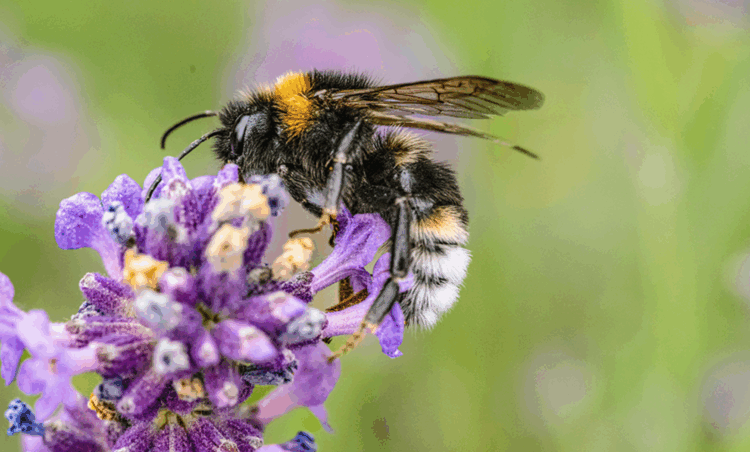
What is Pollinator Month all about and how can I participate?
—E.T., via email
June 27. Every June, people around the world celebrate Pollinator Month. It’s a time to recognize the huge role that bees, butterflies, birds, bats and others play in keeping our environment and food systems going. A big part of that is Pollinator Week, usually held during the third week of June. It kicked off back in 2007, when the U.S. Senate officially approved it. Since then, it’s really taken off, thanks to groups like Pollinator Partnership and local conservation initiatives across the country.
Pollinators help around 75 percent of all flowering plants reproduce. That means everything from wildflowers to crops like apples, almonds, coffee and chocolate. In fact, more than a third of the food we eat depends on them in one way or another. According to the U.S. Department of Agriculture (USDA), pollinators contribute over $20 billion annually to the U.S. agriculture industry.
The buzz
However, there is a problem with pollinators. Their numbers are dropping. Some causes of the decline include habitat loss, heavy pesticide use, disease, invasive species and climate change. Pollinators are under stress. That’s where Pollinator Month comes in. It’s not just a celebration; it’s a push to do better by these species and the systems they support.
How to join in
There are several ways that one can join Pollinator Month. You don’t need to be a scientist or farmer. One of the best ways to help is to plant a pollinator-friendly garden. Native plants that bloom across different seasons work best, like milkweed, lavender, wildflowers and mint. You can skip the harsh chemicals, too. Neonicotinoids, in particular, are known to harm bees and other helpful insects.
There are also plenty of local events to get involved with during June. Garden walks, library story times, seed swaps, even community cleanups and workshops. People are also adding bee hotels, bat boxes or simple water dishes in their yards to support pollinators where they live. Online toolkits from groups like Pollinator.org offer region-specific advice.
Quotable
“We are determined to be part of the solution,” said Josette Lewis, Chief Scientific Officer at the Almond Board of California. “Pollinators are crucial for our food production and for our entire ecosystem.” Laurie Davies Adams, CEO of Pollinator Partnership, adds, “Each of us can take meaningful action and it starts in our own backyards.”
Do your part
Beyond just gardens and local events, Pollinator Month also gets schools, businesses and parks involved by encouraging them to plant native flowers and cut back on pesticides. Lots of groups are pushing for pollinator corridors too. These help connect habitats so pollinators can move safely through cities and countryside. By supporting things like this and sharing what you learn, everyone can chip in to help slow pollinator declines and protect the important work they do. Even small things like planting a few native flowers or skipping pesticides really do add up over time. Together these small efforts make a big difference for pollinators and honestly for all of us.
CONTACTS: Pollinator Week; Celebrate National Pollinator Month With These Tips! https://conservationdistrict.org/2023/june-is-national-pollinator-month-2023.html; 7 buzzworthy fun family activities to celebrate Pollinator Week, https://www.seattletimes.com/life/food-drink/7-buzzworthy-fun-family-activities-to-celebrate-pollinator-week/.
EarthTalk® is produced by Roddy Scheer & Doug Moss for the 501(c)3 nonprofit EarthTalk. See more at https://emagazine.com. To donate, visit https://earthtalk.org. Send questions to: question@earthtalk.org.



